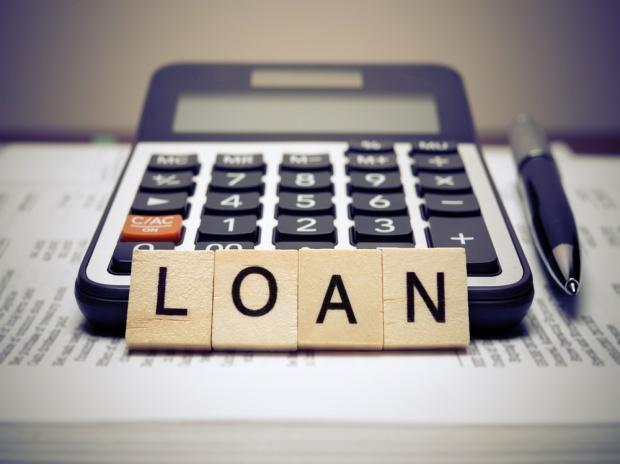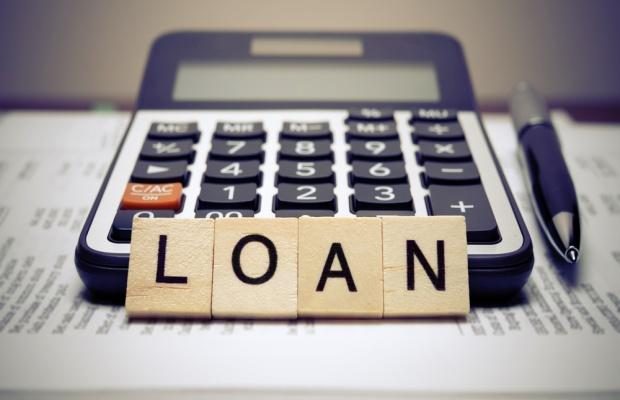
THE AVERAGE INTEREST rate on a two-year personal loan is 10.7 percent, according to the Federal Reserve. But depending on your credit history, income and other factors, you may be able to qualify for a rate in the single digits. Here’s a look at things you can do to score a lower interest rate on a personal loan and save money while you pay it off.
How Personal Loan Interest Rates Work
Most companies that offer personal loans use a risk-based pricing model to determine whether to approve your application and what interest rate to charge you. Using your credit profile, employment and income information, debts and other factors, lenders decide how likely you are to pay back the loan.
The likelier you are to make your payments on time, the lower your interest rate. On the flip side, you may receive a higher interest rate or have your application denied altogether if you’re deemed too risky of a borrower.
According to Anthony Silvi, senior vice president and chief lending officer at Ardent Credit Union in Pennsylvania, these higher rates help cover collection costs and other losses a lender may incur when someone defaults.
Risk-based pricing is the primary reason many lenders offer a range of interest rates. Steven Hughes, founder of Know Money, an organization that teaches young adults about money management, says, “If they had one interest rate for everyone who qualifies, they would likely have more stringent qualifications for their loan product.”
As a result, the less of a credit risk you pose to lenders, the better your chances of getting a low interest rate.
USA Fast Cash Loans in Delaware usafastcashpaydayloans.com/category/delaware-de
9 Ways to Improve Your Chances of Getting a Low Personal Loan Interest Rate
As you prepare to apply for a personal loan, it’s important to understand what levers you can pull to decrease how much you pay over the life of the loan. Here are some strategies:
• Shop around.
• Get a co-signer.
• Sign up for an autopay discount.
• Avoid fees.
• Use collateral.
• Work with a credit union.
• Choose a shorter repayment period.
• Improve your credit score.
• Lower your debt-to-income ratio.
Shop around. If you’ve received a preapproval offer in the mail or checked with your local bank or credit union, that’s a good start to the process. But the first offer you see isn’t necessarily the best.
By shopping around, you’ll be able to compare interest rates, fees and other terms that different lenders have to offer. Many online lenders even allow you to do a rate check with just a soft credit pull, which won’t affect your credit score.
“Let the lender know what you are factoring into your decision, including the lowest rate and let them know what rate you’re looking for,” says Hughes, “especially if you’ve already received a loan offer with a competitive rate.”
The more lenders you compare, the better your chances of getting the best rate available for you. At a minimum, though, try to compare at least three to five options.
Get a co-signer. Some companies that offer personal loans accept co-signers when you apply. A co-signer who has a great credit history and solid income can help boost your chances of getting approved at a low rate, primarily because that person is personally guaranteeing the loan.
Before you try this, make sure your co-signer understands the responsibilities that come with co-signing. “They are equally responsible for paying off that loan in the event that the borrower stops making payments,” says Silvi.
The loan will also show up on your co-signer’s credit report, potentially affecting his or her ability to borrow money in the future.
As long as your co-signer knows and accepts his or her responsibilities and you make it a priority to pay your monthly bill on time, this option can save you money.
Sign up for an autopay discount. Some lenders offer interest rate discounts if you sign up for automatic payments. The rationale behind this is that if you’re on autopay, you’re more likely to make your monthly payment on time.
The discount is small, typically 0.25 percent. But over the years, it can save you a decent chunk of change. A few lenders that offer this perk include Citizens Bank, SoFi and SunTrust, but ask the lender you’re considering if they offer this discount.
Just keep in mind that you’ll need to have enough cash in your checking account each month to cover the automatic payment. If you don’t and you have no overdraft protection set up, the lender may charge you a fee for a returned payment.
Avoid fees. A personal loan’s annual percentage rate includes not only its interest rate but also many of its fees. The main fee to try to avoid is an origination fee. Depending on the lender, it can range from 1 to 8 percent of the loan amount, and it’s usually deducted before you receive the loan funds.
Some lenders don’t charge an origination fee at all, including Citizens Bank, Earnest, LightStream and SoFi. If you don’t qualify for a loan with these lenders, however, search for one that charges on the lower end. And be sure to compare the bottom-line APR, as a lender that doesn’t charge an origination fee may make up the difference in the interest rate.
Use collateral. Many personal loans are unsecured, which means they don’t require collateral. But with some lenders, you can secure your loan with a vehicle, home equity or cash in a savings account.
Secured loans are considered lower risk because if you default, the lender can seize the collateral to satisfy the debt. As a result, they typically come with lower interest rates than unsecured loans.
That said, secured loans may not be a good idea if you’re not sure about your ability to repay the loan in full. Losing your car, home or savings when you’re already hurting financially can make things much worse.
Work with a credit union. Unlike banks, credit unions are nonprofit organizations owned by their members. As a result, these institutions typically return profits to their members in the form of lower interest rates and fees and higher deposit rates on checking and savings accounts.
The only downside is that credit unions require you to join before you can take out a loan. To be eligible to join a credit union, you typically need to live or work in a certain area, belong to a participating organization, or be related to someone who is already a member.
Choose a shorter repayment period. The longer you choose to repay your new loan, the more risk the lender takes on.
“You might see a range of rates for a two- or three-year term and a higher range of rates for a five- or six-year term,” says Silvi. “This is because the lender’s going out further with the time horizon of getting repaid, and if interest rates go up, that loan may not be yielding as much.”
Of course, a shorter repayment period also means a higher monthly payment, so check your budget to make sure you can afford it.
Improve your credit score. If you don’t need cash now and have at least a few months before you need to apply, consider working on increasing your credit score.
Start by checking your score using a credit monitoring service, preferably a free one. These tools often give you access to your credit score plus the factors that affect it. Once you know which areas need work, you can start addressing them.
For example, if you have delinquent accounts, work on getting them current. While the late payments won’t go away – they’ll stay on your report for seven years – keeping them from getting later or going into collections can prevent further damage.
Also, consider getting a copy of your credit report to check for errors that may be hurting your score. AnnualCreditReport.com allows you to get a free copy of your credit report from each of the three credit reporting agencies once a year. If you spot any inaccuracies, you can contact the credit bureaus directly to dispute them.
Lower your debt-to-income ratio. Lenders look at income to determine your ability to repay not only that debt but your debts in general, says Silvi. As a result, they’ll look at your debt-to-income ratio – your monthly debt payments divided by your monthly gross income – to determine whether you can take on new debt.
A lower ratio can help you qualify for a lower interest rate, while a high ratio can increase your rate or result in a denial of your application.
To lower your debt-to-income ratio, you can either increase your income or decrease your monthly debt commitments. If you have a lot of debt already, Hughes recommends creating a strategy to pay it off. If you have an income deficiency, start looking for ways to increase how much you make.
